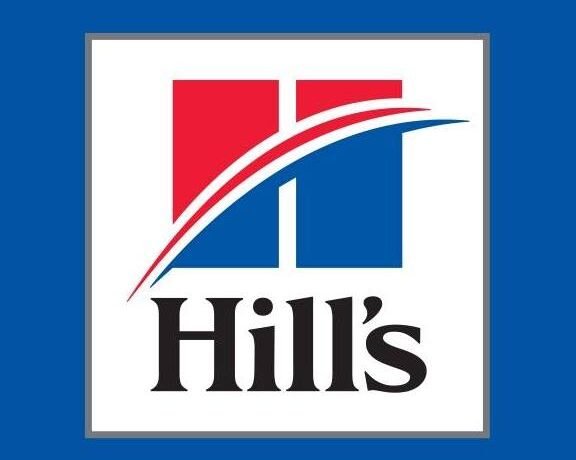Pet Anaesthesia at Two Rivers Vets
Many owners are anxious when their pet needs to have an anaesthetic. This is completely understandable, and although the risks are very small for healthy dogs and cats, we know this can be a worrying time for our clients. We take care to look after every pet as an individual, and use anaesthetic drugs and techniques that we consider best for that animal - there is no one protocol that suits all breeds and types.
We have detailed below what happens when your pet is admitted for anaesthesia, and hopefully by describing the procedures we have in place, we can help to reassure you.
Preparation for anaesthesia
You can help make anaesthesia as safe as possible by following any instructions we may give prior to bringing your pet in. Usually we would advise witholding food from dogs and cats from bedtime the night before. Rabbits and other small pets must not be starved and should always have access to hay (please bring some of their normal food with you). Water should be freely available at all times.
Make sure your pet is clean and dry when they come to the surgery, and have had a chance to empty their bladder and bowels. It is often a good idea to keep cats indoors the night before, as they seem to have a sense that something might be happening and disappear!
Pre-anaesthetic medication
Your pet will be examined before the anaesthetic to make sure his/her heart and lungs are healthy.
Shortly after admission, a ‘pre-med’ will be given which causes relaxation and makes them feel sleepy. There are usually two drugs in this injection - a sedative, and a strong painkiller (if they are going to have surgery).
Then your pet will be settled in our kennels with a warm comfy bed and will be monitored by our vet nurses until it’s time for their procedure. If you’d like to bring in a blanket or bed from home, or their favourite toy to make them feel more at home that is absolutely fine.
We keep the environment nice and quiet at this point, and separate dogs, cats and rabbits where possible.
Anaesthetic induction
All dogs and cats have an IV cannula placed prior to anaesthesia (except for the shortest of procedures).
This means we can give the anaesthetic, any ‘top-ups’, additional pain medication and other drugs safely, and without the need for repeat injections. Either a vet or vet nurse will do this - most pets are lovely and relaxed by this stage and don’t object at all.
The ‘induction’ dose of anaesthetic is given through the cannula by the vet, and a breathing tube (‘endotracheal tube’) is passed down the airway.
The breathing tube is connected to a breathing system supplying oxygen and anaesthetic gas from the anaesthetic machine. At this point, the various types of monitors we use during anaesthesia are connected to the patient.
Anaesthetic maintenance
The ‘maintenance’ period of the anaesthetic is continued by gas (isoflurane) breathed through the tube. Vets are always in charge of the anaesthetic overall, but monitoring of the patient and responding to changes in heart rate, breathing and reflexes is the job of the veterinary nurse.
An anaesthetic may be as short as a few minutes, or several hours long for more complicated procedures. The anaesthetic ‘depth’ and suffiiciency of painkillers (‘analgesics’) will be reviewed continuously.
Monitoring the anaesthetic
All pets must be carefully and continually monitored while they are anaesthetised. As well as using ‘eyes, ears and fingers’ to check reflexes, watch breathing, listen with a stethoscope and feel pulses, our fully qualified veterinary nurses use the lastest monitoring equipment to keep an eye on your pet by using an ECG, pulse oximeter, capnograph, blood pressure monitor and continuous temperature measurement as appropriate.
Our multiparameter monitors are similar to those found in human anaesthesia departments, and our vet nurses undergo extra training to ensure they are able to interpret the information generated - all with the aim of keeping your pet as safe as possible during the procedure.
A dedicated nurse will monitor your pet throughout the anaesthetic, and will record all their vitals on a chart every 5 minutes. They will be in continuous discussion with the vet about how your pet is doing under anaesthetic.
Recovery from anaesthetic
At the end of the procedure our veterinary nurses provide oxygen and take measures to warm up the patient if required. As they recover, all animals are assessed for pain and given extra pain relief if necessary.
Extra care will be given to higher risk patients including rabbits and small pets, brachycephalic breeds (those with squashed faces which makes breathing more difficult) and those which were poorly prior to surgery or have had a major procedure.
Your pet will have lots of cuddles while recovering from anaesthetic, as we understand they may be confused and worried. Our RVNs are essential in providing reassurance at this time.
The vast majority of animals will go home a few hours after their anaesthetic, as we feel they will be more relaxed and can have a better sleep at home. On some occasions we might recommend they stay a little longer or overnight, if we feel they need to be monitored for a longer period of time.
















